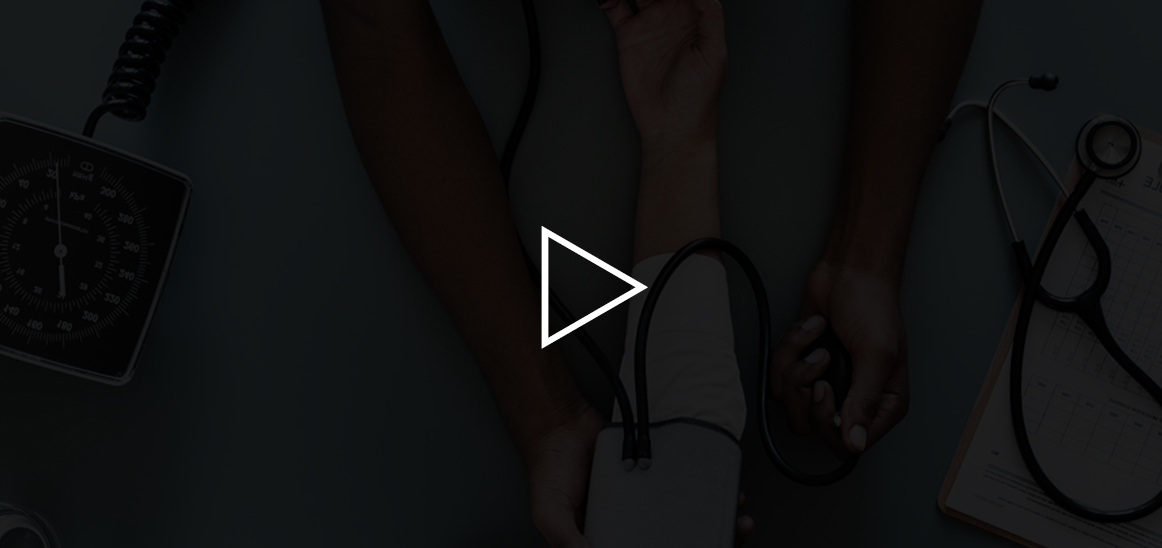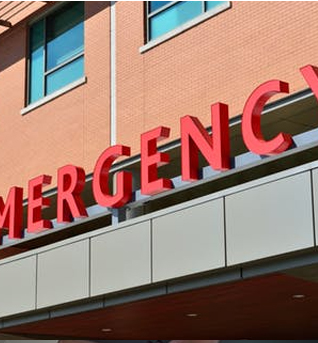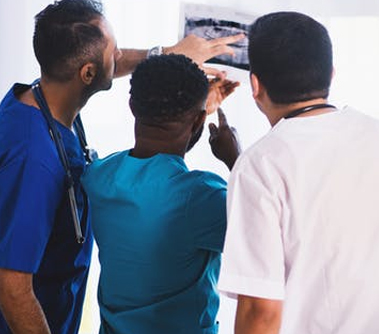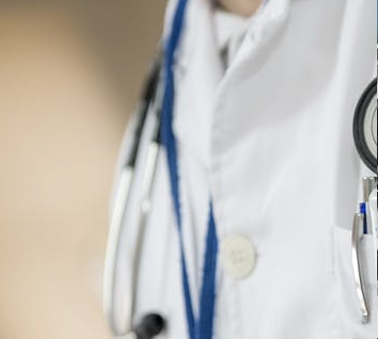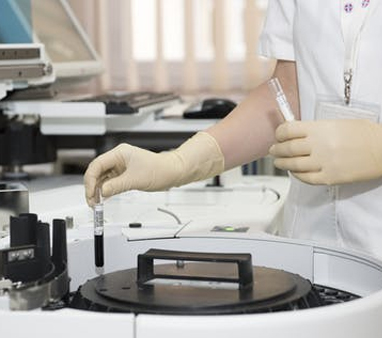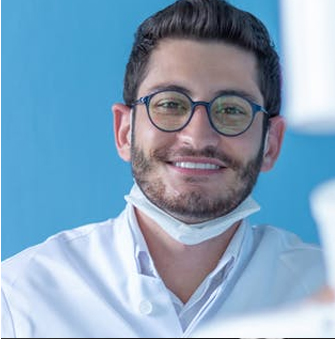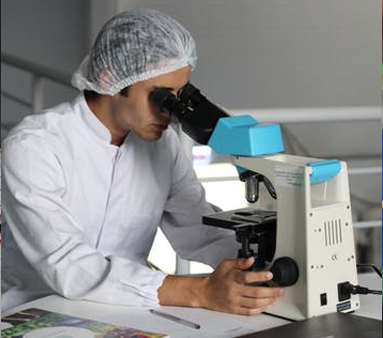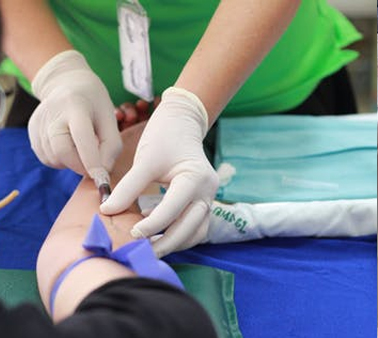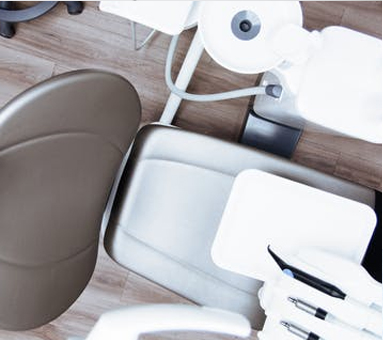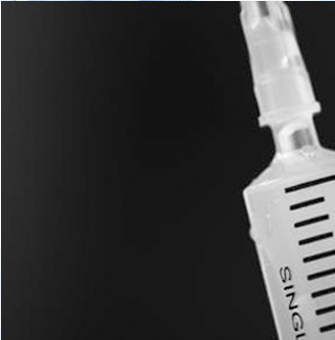Varicose Veins Doctors Best Vein Treatment Services in New York
Voted #1 Vein Center Nationwide| Spider and Varicose Vein Treatment
Book a consultation
Vein Diseases
There are many effective procedures that can be used to treat your varicose veins and spider veins
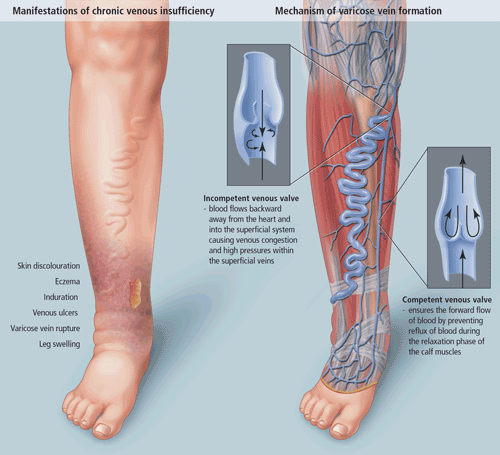
Varicose Veins
Also known as varicosities, varicose veins are enlarged veins that are caused due to high pressure in the veins in our legs. They appear red or purple and may form a bulge that is visible from the surface of the skin. Varicose veins can be caused by an underlying disease called chronic venous insufficiency.
Some factors that can increase the risk of varicose veins are weight gain, increased age, pregnancy, family history and prolonged sitting or standing. They’re also common in women.
Spider Veins
They are often caused by poor circulation in the veins that lie deeper within the legs. The veins in the legs are responsible for carrying blood back up to the heart. Since the blood flow upwards needs to be consistent, valves inside our body ensure that the blood does not flow in the opposite direction. Spider veins are caused if a valve becomes dysfunctional and the blood flow is downwards.
Spider veins may cause swelling due to significant discomfort. Symptoms include restlessness and fatigue.
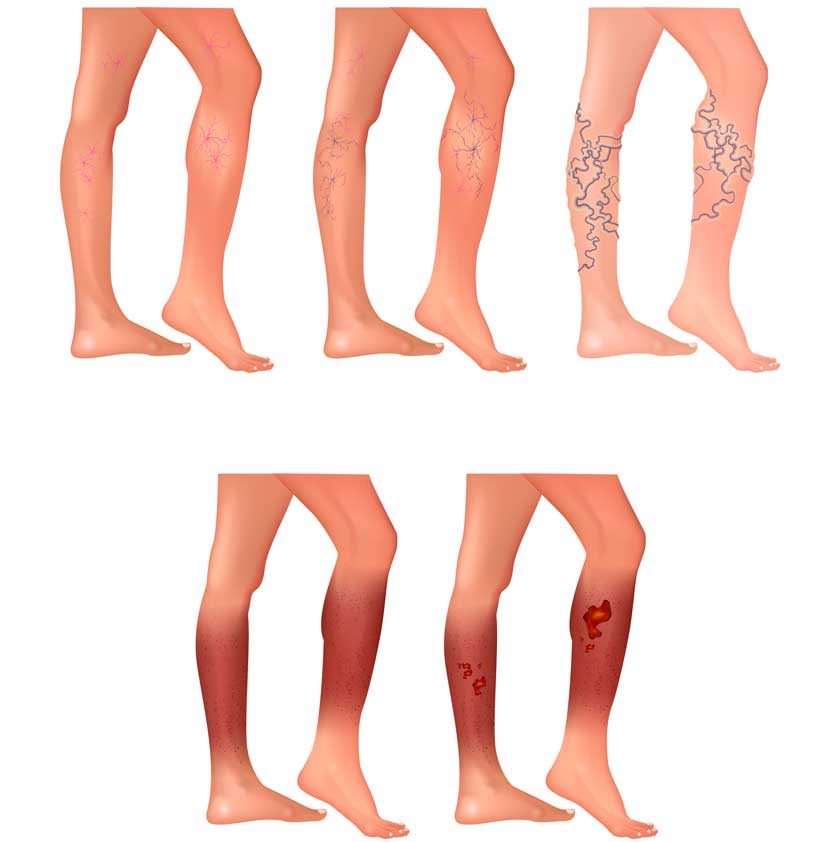
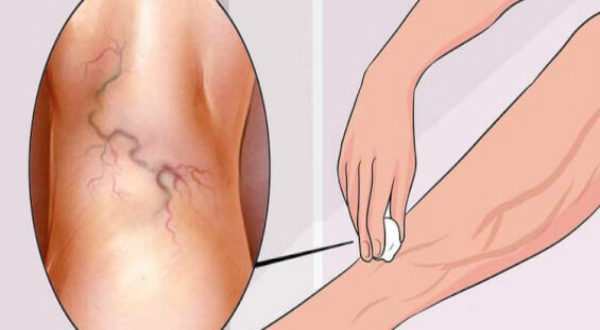
Venous Insufficiency
This is also caused due to the dysfunctioning of valves that are responsible for trapping blood and preventing it from falling back down in our body due to gravity. If the valves are unable to do their job, blood pools in the veins, leading to a condition called the venous reflux. The concentrated blood causes swelling and leads to the formation of spider veins and varicose veins.
Venous insufficiency can cause the development of non-healing wounds known as venous stasis ulcers as well.
Leg Cramps
They are sudden and painful involuntary contractions of our muscles. A cramp may occur multiple times till its resolved and the muscle goes back to its normal course of contracting and relaxing. Involuntary contracting is called spasming if it’s sustained and forceful, it can lead to cramping and hardening of the muscle.
Long periods of exercising and physical activity can cause cramps and in severe cases, may lead to venous insufficiency
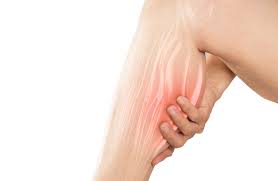
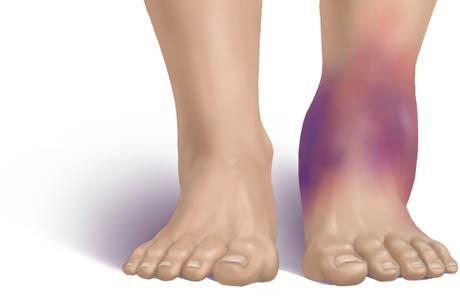
Leg Swelling
Also known as peripheral edema, leg swelling can be caused due to a number of reasons which include: salt retention, congestive heart failure, pregnancy, cellulitis and chronic venous insufficiency.
Other causes include blood clots in the leg, Lymphedema, kidney infections, idiopathic edema and broken leg and injuries.
Leg Heaviness
The sensation of heavy fatigue in the leg is called leg heaviness. It can occur due to a number of causes such as muscular disjoints, circulatory disorders and venous insufficiency.
Pregnant women are likely to experience this since pregnancy affects blood circulation to a great extent. A huge influx of pregnancy hormones can cause the veins to dilate, which can increase pressure in the veins and lead to leg heaviness.


Restless Leg Syndrome
The symptoms include an uncontrollable urge to move your legs, which is more than often accompanied by cramps and a tingling or itching sensation in the legs. It is caused by a problem called basal ganglia which is a region located in the brain. Damaged cells in the region can lead to muscle spasms and involuntary muscle movement. Another name for the Restless Leg Syndrome is Willis-Ekbom Disease.
Excessive smoking, obesity, medication, increased alcohol intake and vein diseases are some of the cause









